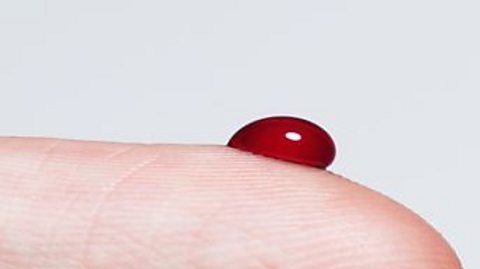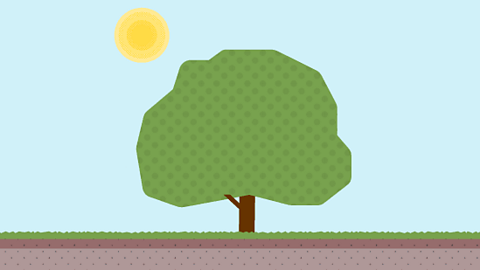Key points
- There are three types of blood vessel: arteries, veins and capillaries.
- The heart is a muscular organ that pumps blood around your circulatory system.
- The circulatory system is the heart and all the blood vessels in the body which carry cells and substances to all its parts.
Blood vessels ÔÇô arteries, veins and capillaries
There are three types of blood vessel:
arteriesAn elastic, muscular-walled vessel taking blood away from the heart. carry blood away from the heart straight after it has been pumped. This means it is under high pressure Gases and liquids are under high pressure when their volume has been reduced and so they exert a force against the structure surrounding them.. The walls of arteries are made of thick muscle to withstand this pressure. This muscle is also elastic to allow a pulse of blood to travel along when your heart beats.
veinsA somewhat elastic, muscular-walled vessel taking blood towards the heart. carry blood back to the heart. This blood is under low pressureGases and liquids are under low pressure when their volume has increased and so they exert less force against the structure surrounding them. because some of it has been lost as it travelled around your body. The walls of veins are made of thinner muscle and are less elastic than arteries. Because the blood is under lower pressure, one-way valves in your veins stop it flowing backwards.
capillariesTiny blood vessels which carry blood into and out of all tissues in the body. are the tiny blood vessels that branch out into every tissue in your body carrying substances your cells need like oxygen and glucose for respirationA chemical reaction that occurs in the mitochondria of cells in which glucose and oxygen react to produce carbon dioxide and water, releasing energy. and for removing waste products like carbon dioxide. They have very thin walls to allow these substances to move by diffusionThe overall movement of particles of gas or liquid from an area of higher to lower concentration. in and out of your cells. Capillaries join your arteries to your veins.
The heart
The heart is a large muscular organ which pumps blood to the lungs and then the rest of your body. It has four chambers.
The two top chambers are called atriaThe upper chambers of the heart which pump blood to the lower chambers called ventricles. (right atrium and left atrium) and the bottom chambers are called ventriclesThe lower chambers of the heart which receive blood from the atria and pump it to the body. The right ventricle pumps it to the lungs and the left ventricle pumps it to the rest of the body. (right ventricle and left ventricle). The atria collect blood and then pump them to the ventricles below. The ventricles then pump the blood to the body. It looks as though the ventricles are bigger but the four chambers inside are the same size. It is the muscular lining of the ventricles that are bigger because they have to pump the blood further than the atria.
Double circulatory system
Humans have a double circulatory system, which means the blood passes through the heart twice on each loop around the body. It travels from the heart to the lungs, to the heart, to the rest of the body before returning to the heart. This is often called a 'figure of eight system'.
Test your knowledge
Quiz
Test questions
Write a paragraph to answer the following question. Tap 'Show answer' to see six points you could have included.
Describe the features (or 'adaptions') and explain the purpose of the three types of blood vessel.
- Arteries have thick elastic muscular walls.
- They need these to withstand high pressure as they take blood from the heart.
- Veins have thinner less elastic muscular walls and one-way valves.
- They need these because the blood is under lower pressure returning to the heart.
- Capillaries are tiny blood vessels that branch into all tissues.
- They have thin walls to allow substances to diffuse in and out from them easily.
Play the Atomic Labs game! gamePlay the Atomic Labs game!
Try out practical experiments in this KS3 science game.

More on Respiration and gas exchange
Find out more by working through a topic
- count8 of 13

- count9 of 13

- count10 of 13
